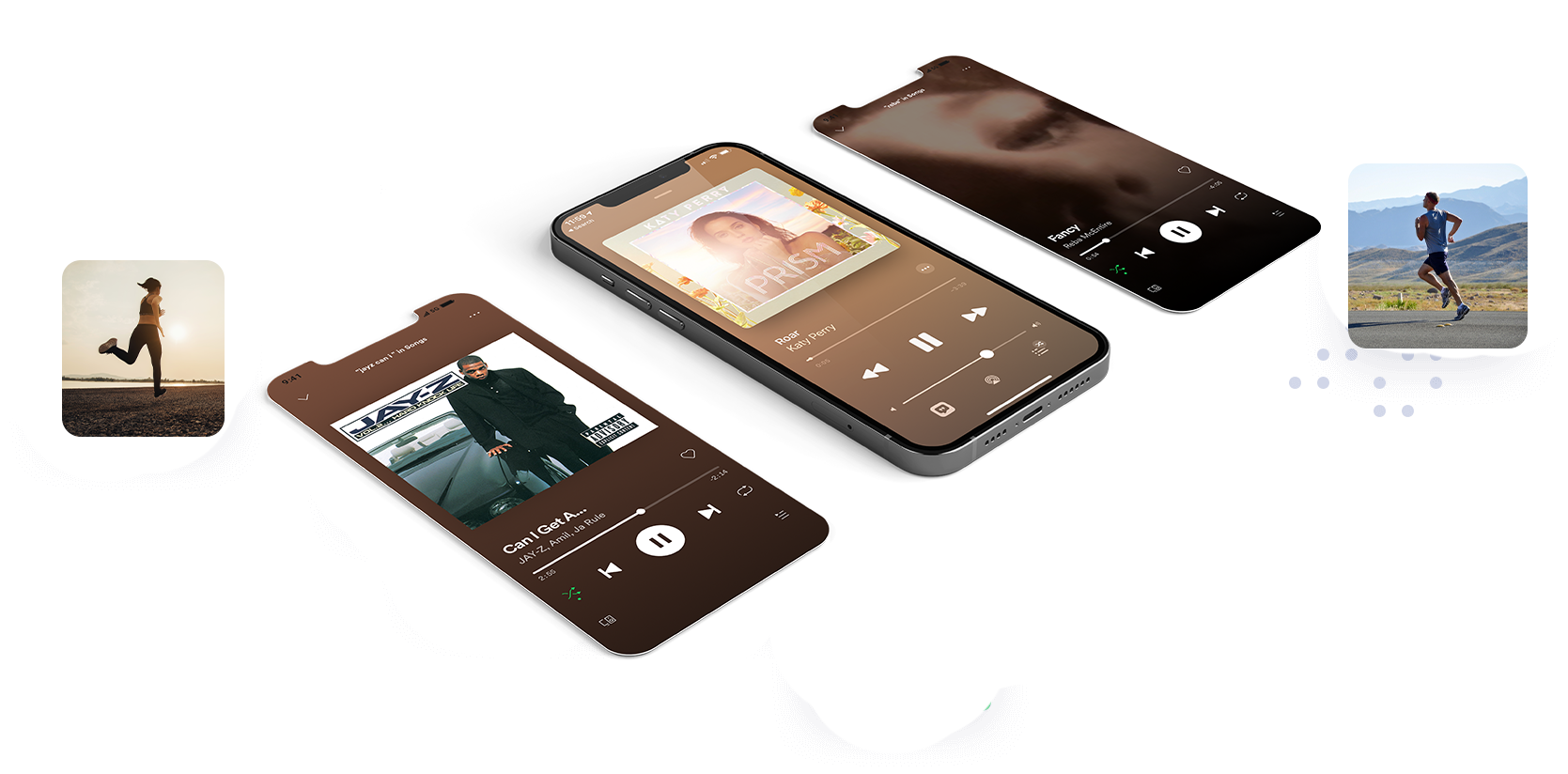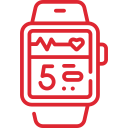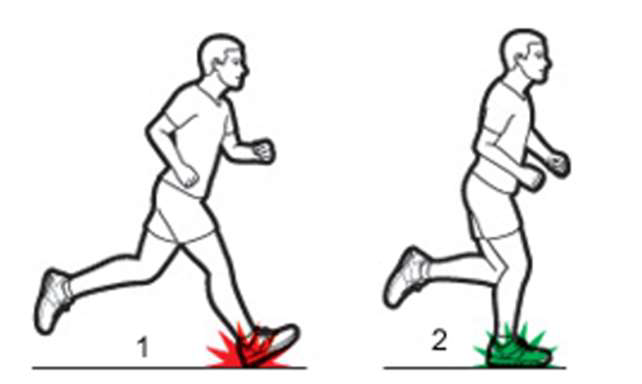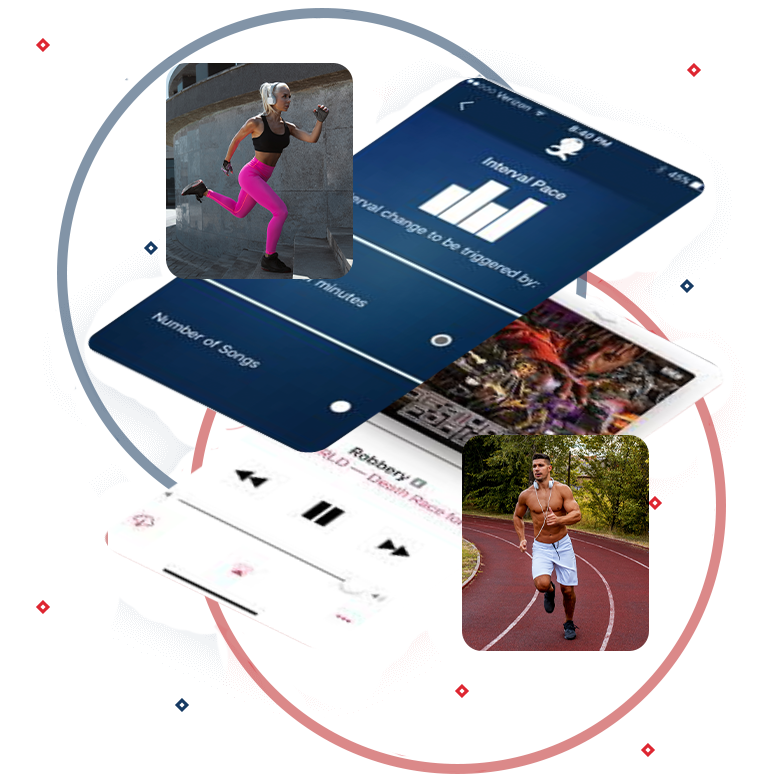CARDIOHEAD DEFINED
WHAT IS IT?

What is Cadence Running?
A running or walking cadence is the number of times that your feet touch the ground while you are running, jogging, or walking. Cadence is measured in terms of how often your feet touch the ground per minute during your designated run or walk. Cadence running/walking is the process of making an effort to run or walk at a specific pace in order to prevent or reduce injury and economize your stride.
The correct cadence for runners is a hotly debated topic among runners and triathletes. While there is no perfect single number, there is a range that you should aim for. Improving your cadence will not only help you run faster with the same or even less effort; it can also reduce your chance of injury. Most running injuries result from three aspects of your form: heel striking, over-striding and/or cadence. The good news for runners is that cadence is probably the most important of these three and, when improved, will also improve your chances of avoiding knee issues.
GET TECHNICAL
Cadence Defined
Your run cadence is measured in strides per minute and represents the total number of steps you take per minute. There are many ways you can determine your current running cadence:

Many watches, exercise apps or other wearable devices can measure and display running metrics, including cadence/strides per minute.

An easy way to measure your cadence for running is to count the number of times your left foot hits the ground in 30 seconds then double it to get the total for a minute, then double it again to get the total for both feet.
Most recreational runners will have a cadence between 150 to 170spm (strides per minute) topping out at 180spm. A cadence of less than 160spm is usually seen in runners who overstride. The good news is that as you improve your cadence, you will simultaneously be correcting your overstriding.

The Benefits of Cadence Running/Walking.
To increase your cadence, you focus on smaller steps rather than trying to run or walk faster. This will feel strange at first, but will start to feel more natural with time. Many people say that the first time they attempt to run or walk at a higher cadence, they feel like their shoelaces are tied together. That is to be expected until you get used to it. One of the main benefits of running or walking at a higher cadence is the prevention of over-striding. Over-striding occurs when the foot comes into contact with the ground well ahead of the hips. Usually, this will mean that the heel strikes the ground first, but even worse this means that the knee is straight and locked out. This puts stress on the knees, ankles and the feet. The added stress can make you more prone to injury in one or more of these crucial areas. When you focus on smaller steps you are able to align the hips, knees and ankles over the foot and maintain proper running form.
(Please compare the image of runner #1 to that of runner #2 in the illustration above. Runner #1 is over-striding, while runner #2 has a shorter stride and is able to maintain proper alignment)
Having the proper cadence helps you to maintain this form for the duration of your run or walk, even after fatigue begins to set in. Maintaining the proper form and stride also help to reduce the impact forces that occur when you are running and increases your efficiency over the course of your run. Cadence walking offers all the benefits associated with cadence running, but helps you to maintain the intensity of your exercise for the duration of your walk.
What is CardioHead?
The objective of the CardioHead musical cadence running program is to provide music that matches your target running cadence/strides per minute. This will provide structure, consistency and will also help you to maintain proper form. Some runners who want to maintain the right cadence run with metronomes, which sets the pace for you. Although this is the easiest way to find and maintain the right cadence, how much fun can that be? CardioHead is a movement to help you find music in your favorite genre that can provide the right cadence for you to run to. When you are able to synchronize your favorite music to your running cadence, your exercise sessions will seem to pass a lot quicker and will be a lot more fun. This synchronization happens when the BPM’s (Beats per Minute) of your favorite music are matched to the cadence (Steps per Minute) that you desire to run or walk. It is as simple as that. The goal is to create a situation where you begin to look forward to this time and enjoy it as opposed to dreading it and laboring through it.


